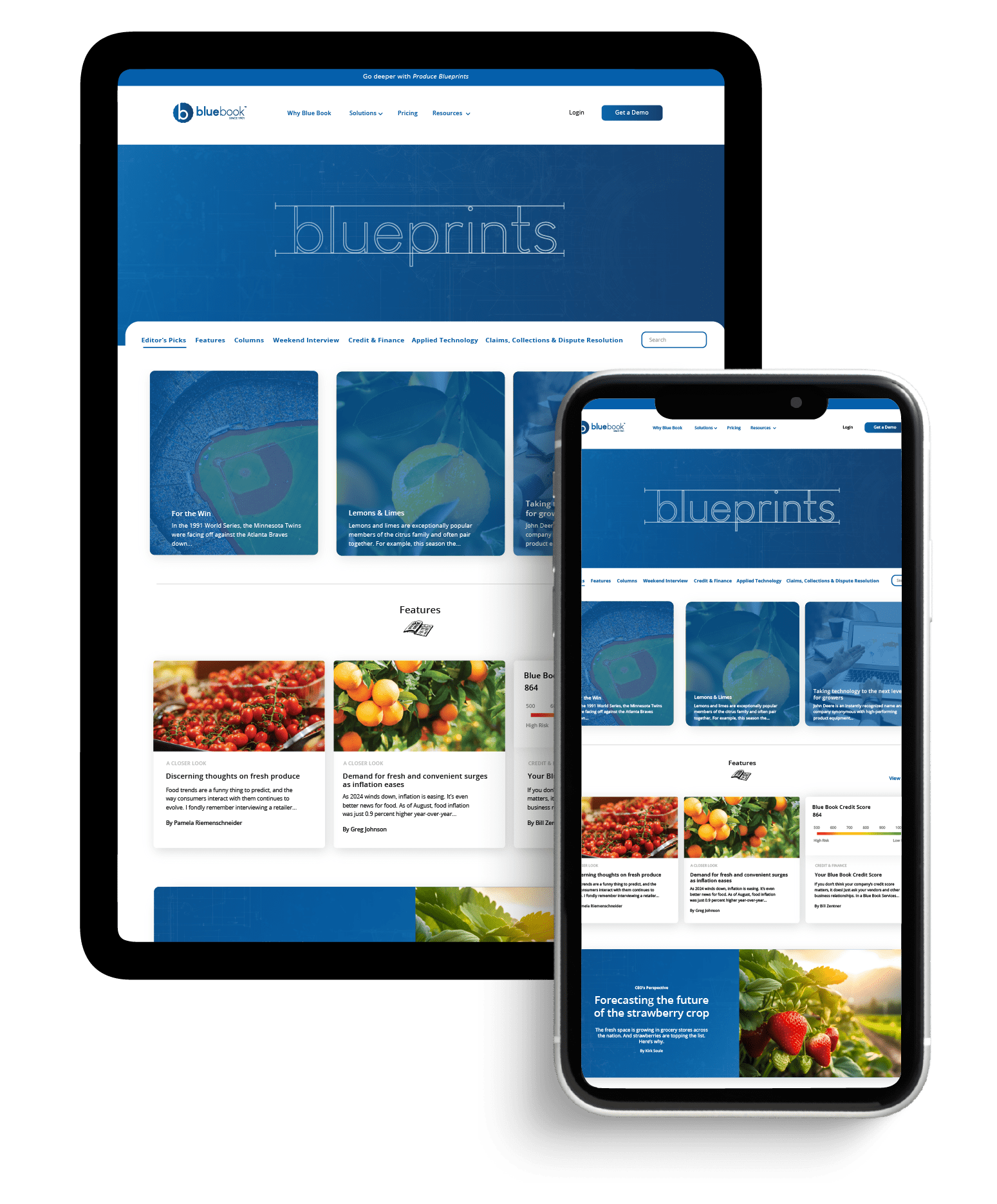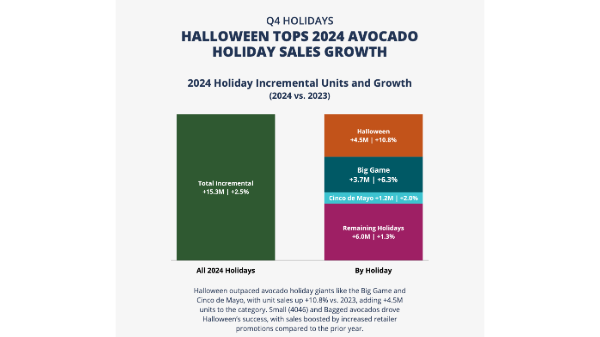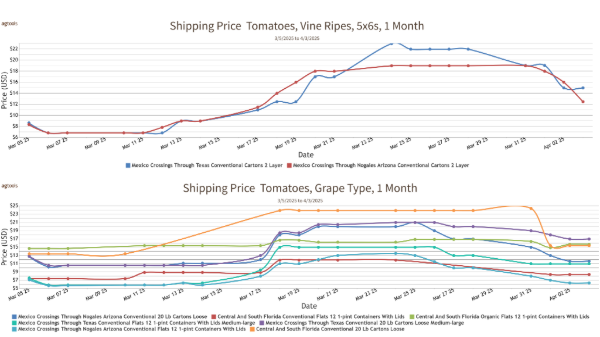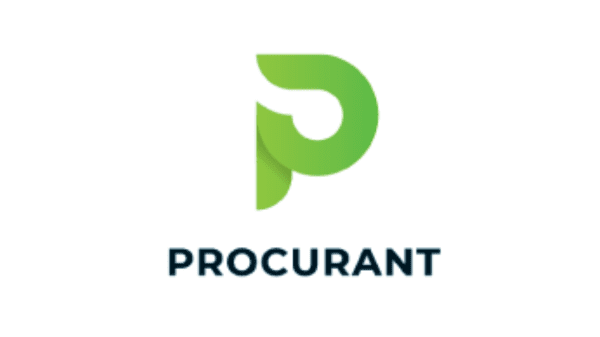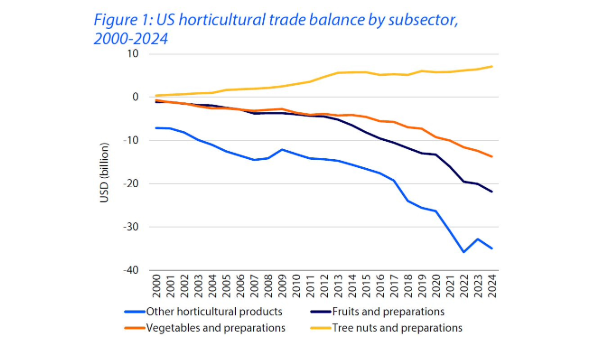Welcome to Blue Book!
Are you ready to join the thousands of companies who rely on Blue Book to drive smarter decisions? View our plans and get started today!
Still have questions? We’d love to show you what Blue Book can do for you. Drop us a line– we’ve been waiting for you.
Summary
Supply chain risk is a major source of uncertainty for produce companies. However, most risks are neither uncontrollable nor random when a focused effort is undertaken to acknowledge, analyze, and mitigate potential problems. This risk management process, combined with application of effective supply chain strategies, good growing and manufacturing practices, and food safety programs will greatly reduce high potential risks and avoid costly supply chain disruptions.
Critical Control—Four Steps to Help Reduce Supply Chain Risk
A simple four-step methodology can be used by produce companies to control and minimize threats to success. This iterative process improves knowledge and enables risk reduction or transfer.
1. Identify – discover, define, describe, document, and communicate risks before they become problems. Techniques such as brainstorming, expert interviews, and historical data analysis can be used to identify and categorize risks.
2. Analyze – evaluate the seriousness of each risk to the supply chain and determine the probability of the risk occurring, the potential time window(s) when risk is present, and the consequences of a disruption. Attention must be devoted to the highest probability/highest impact risks identified.
3. Manage – create an integrated strategic plan to manage and mitigate risks in a cost effective manner, identifying specific efforts, actions, and procedural changes that will reduce high priority risks. By lowering the probability of a risk occurrence, the impact of a disruption is minimized.
4. Review – institute a testing policy to ensure risk mitigation strategies and disruption recovery processes work as intended. A thorough testing plan simulates disruptions and defines benchmarks for recovery processes; the goal is to validate processes and their ability to reduce or eliminate unacceptable risks.


